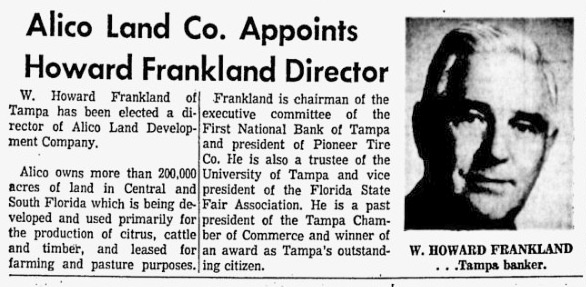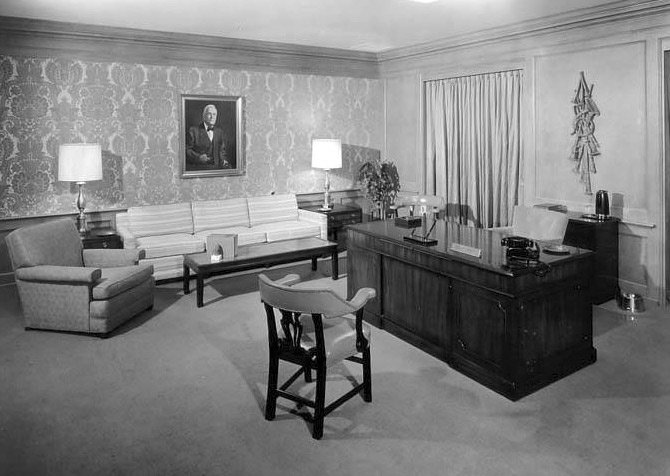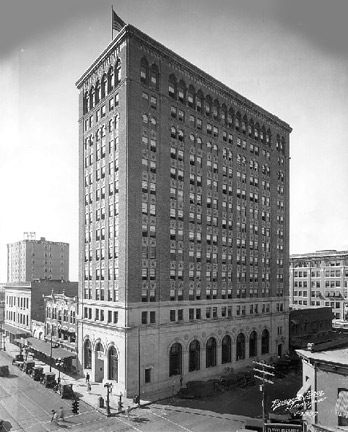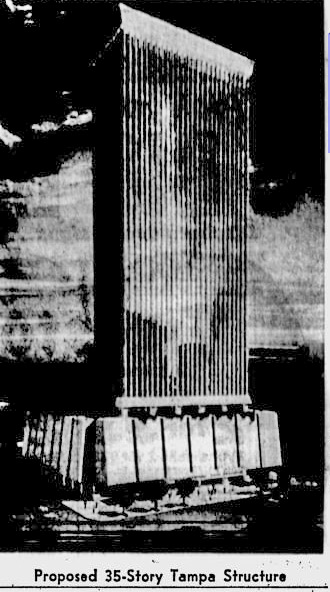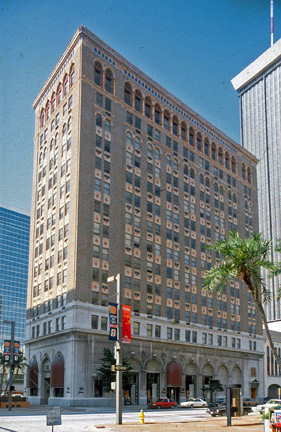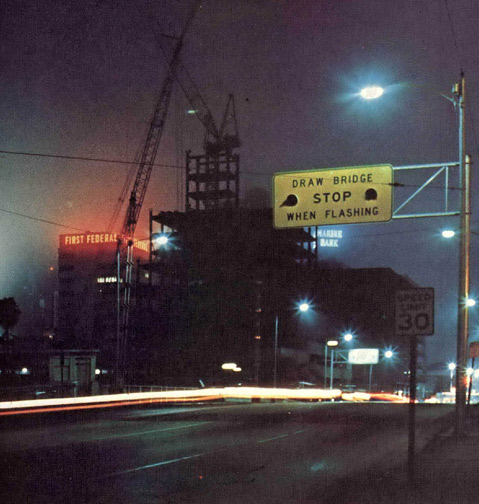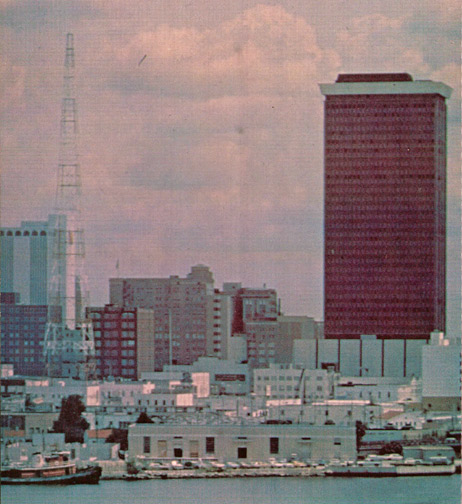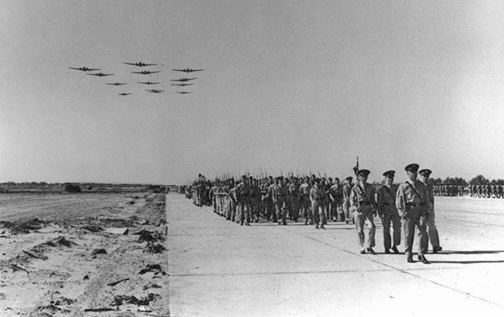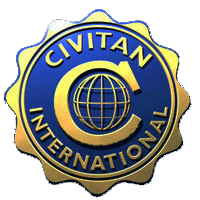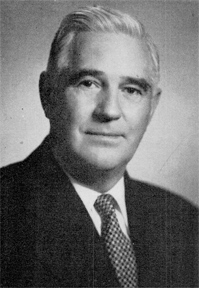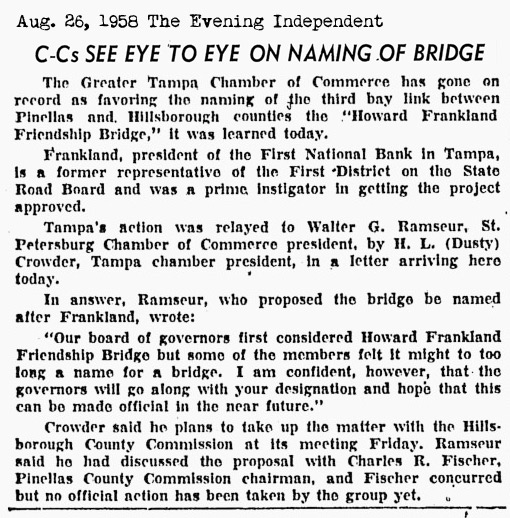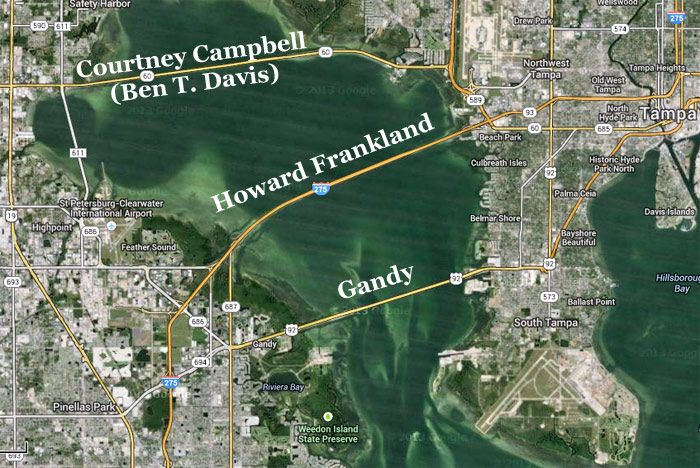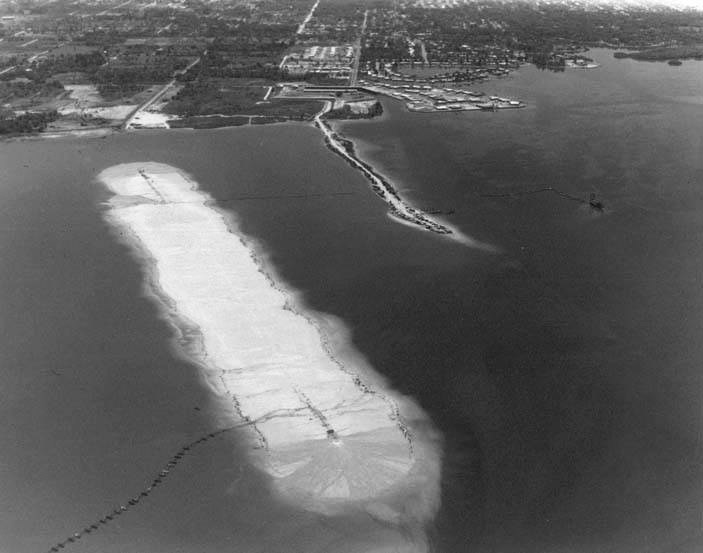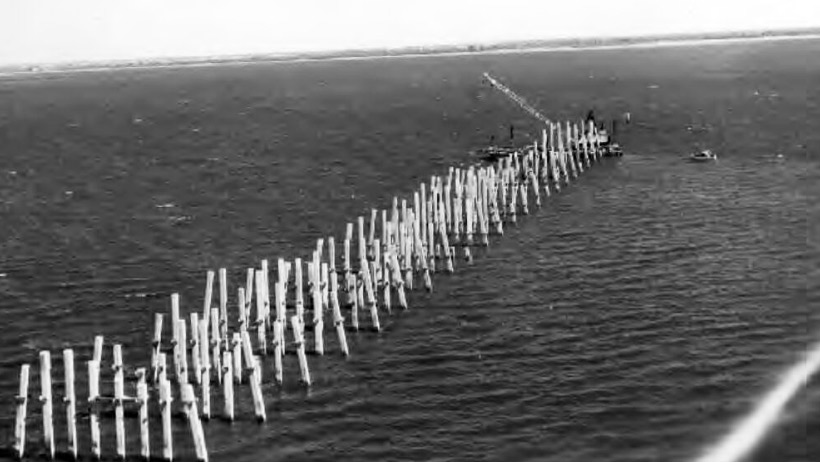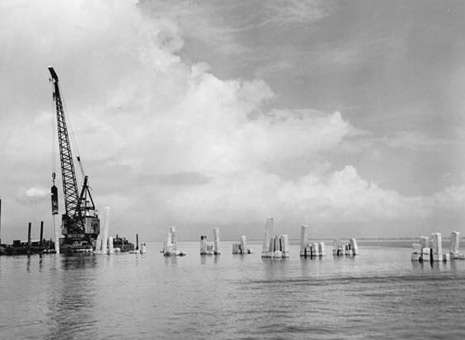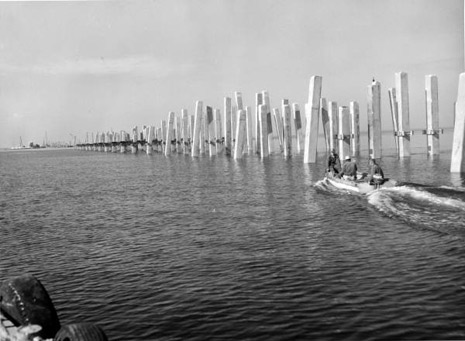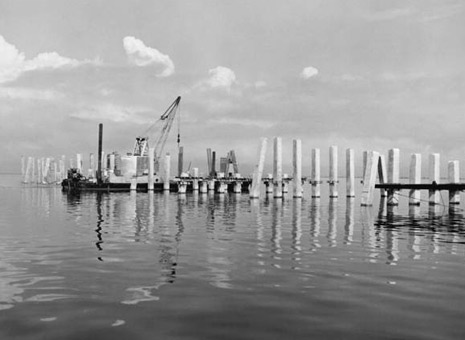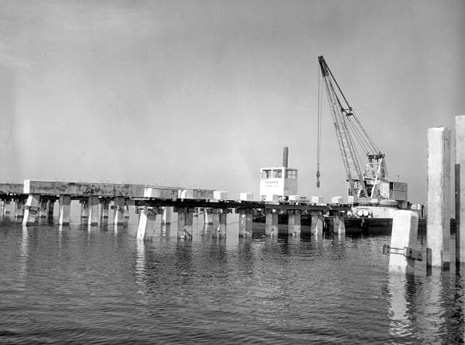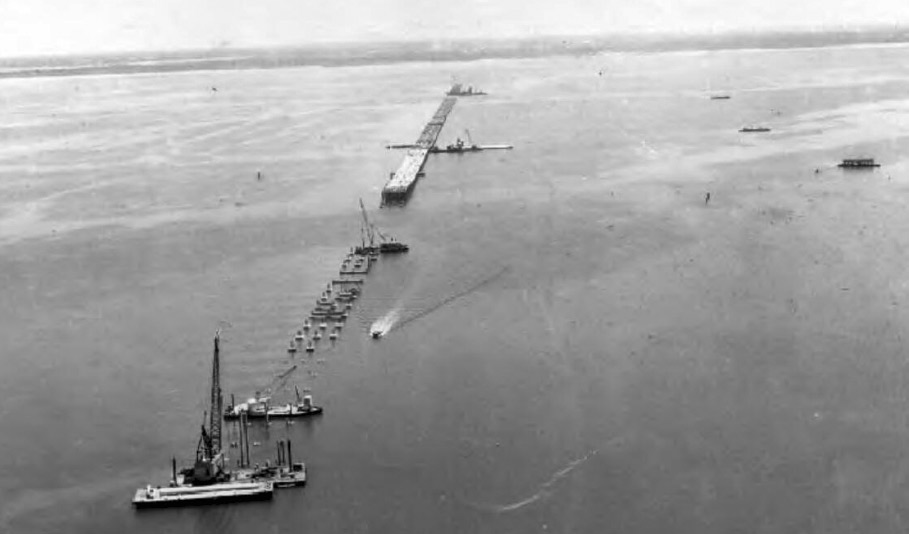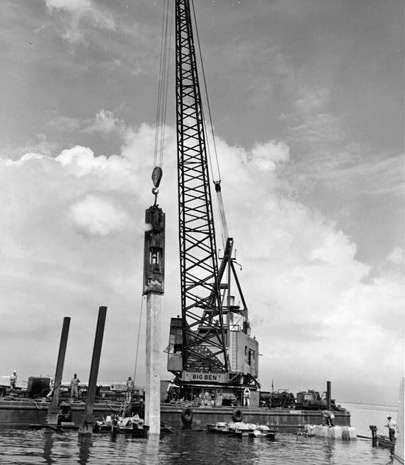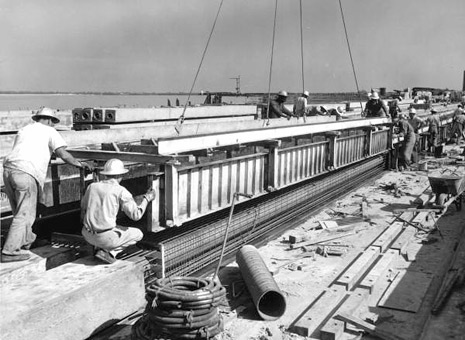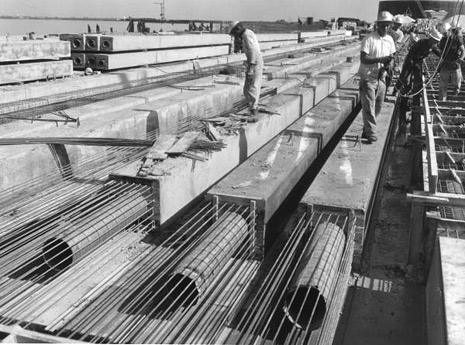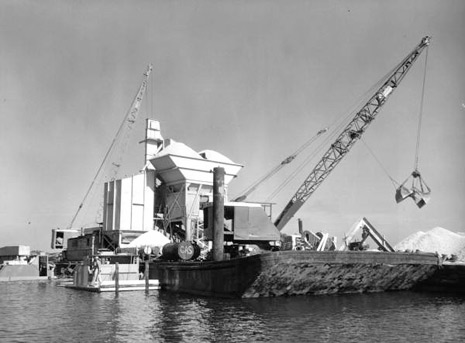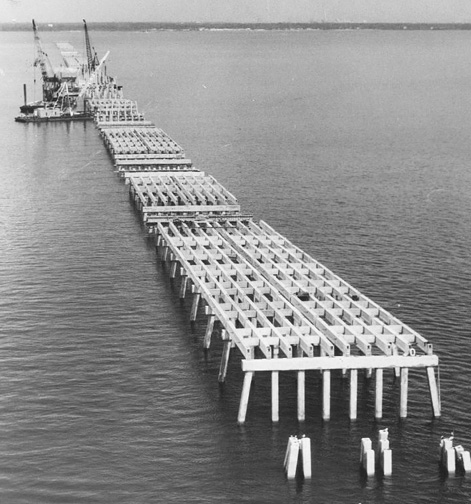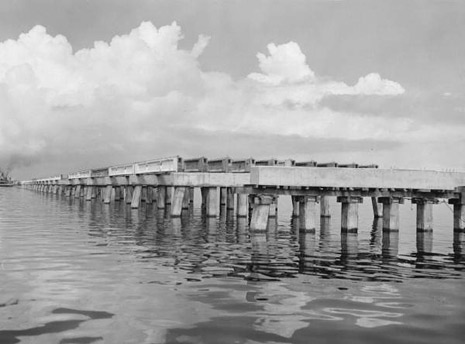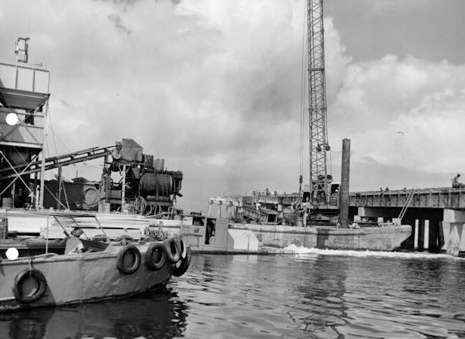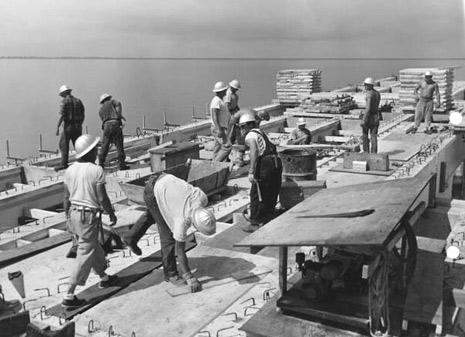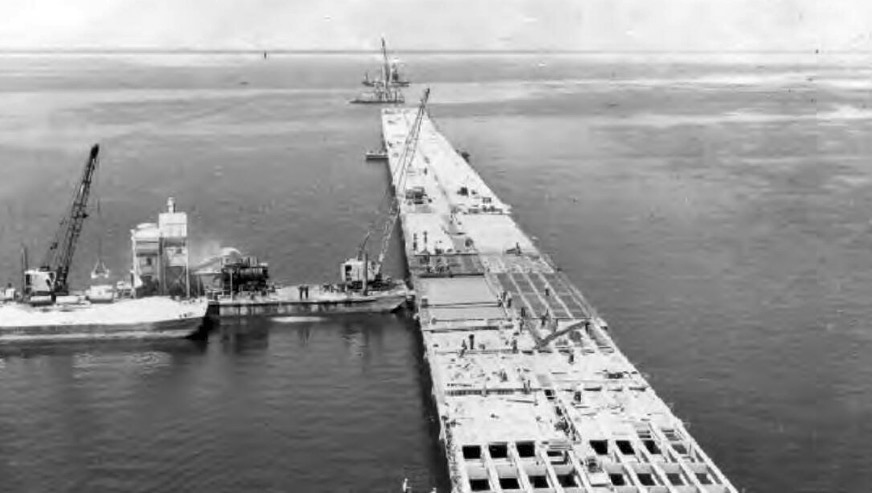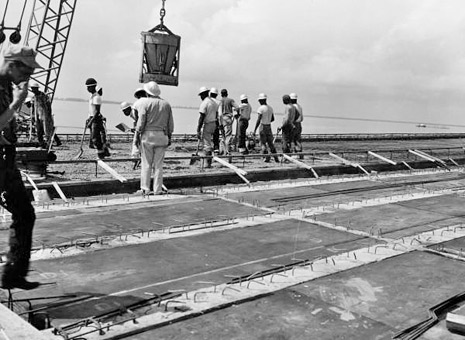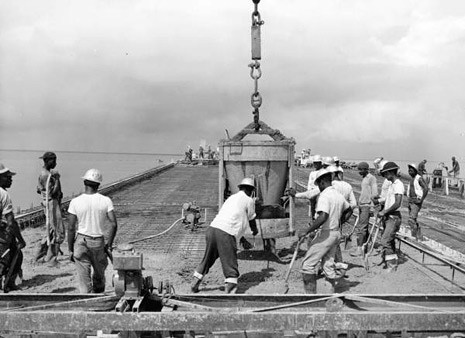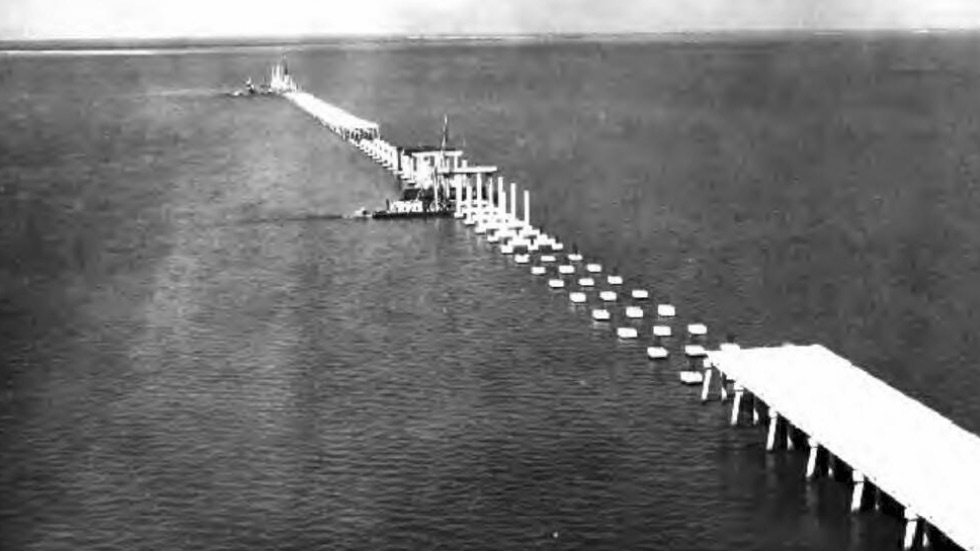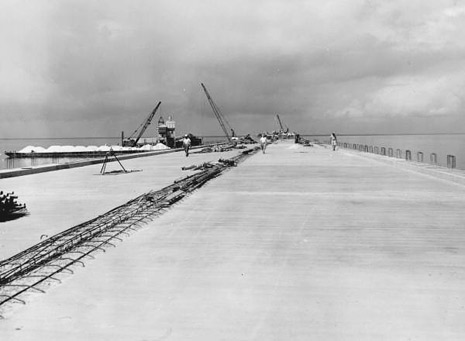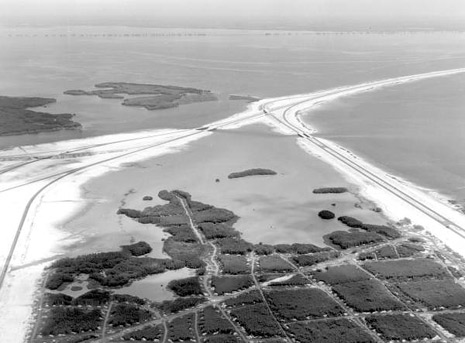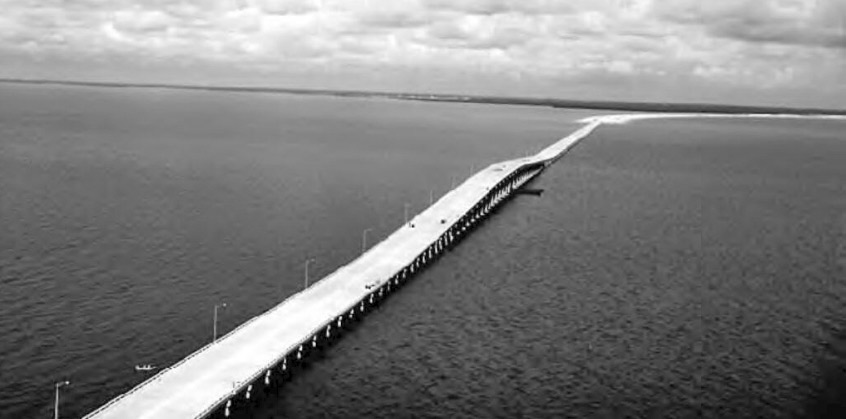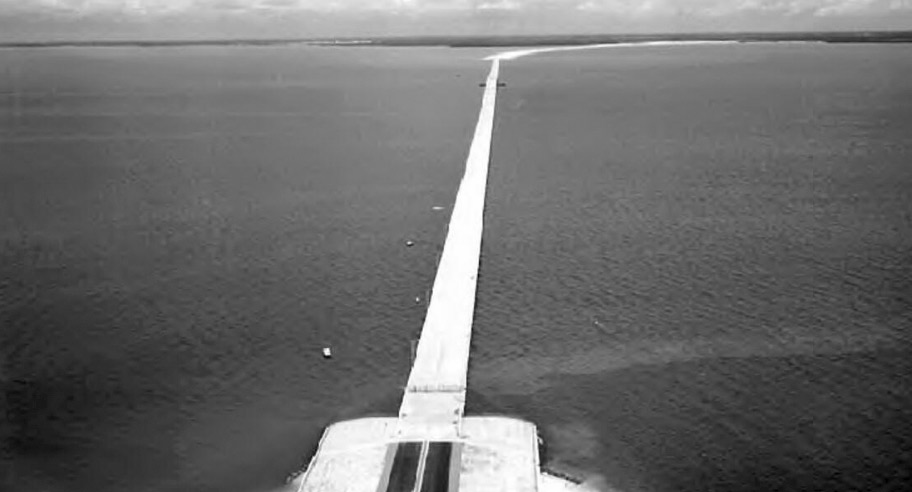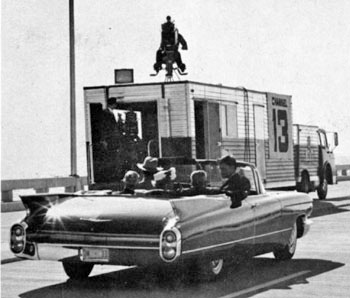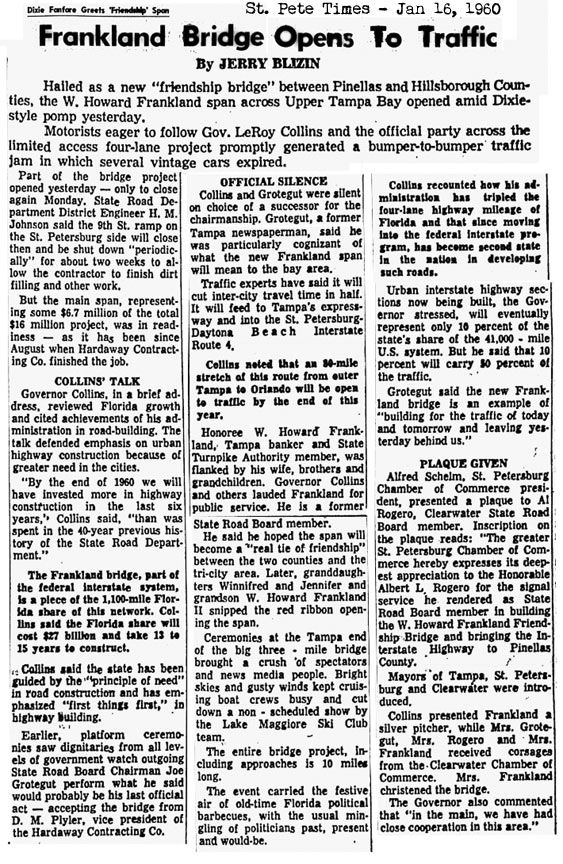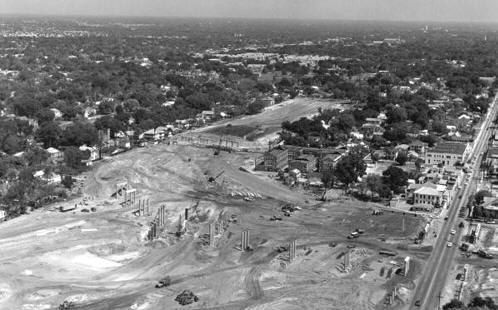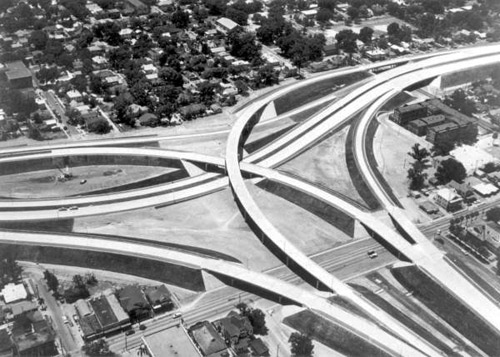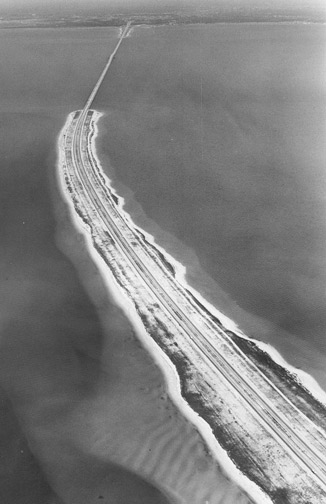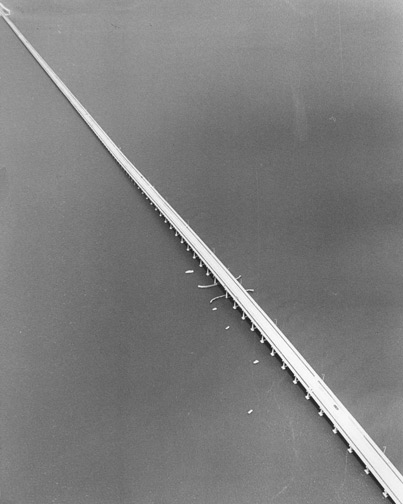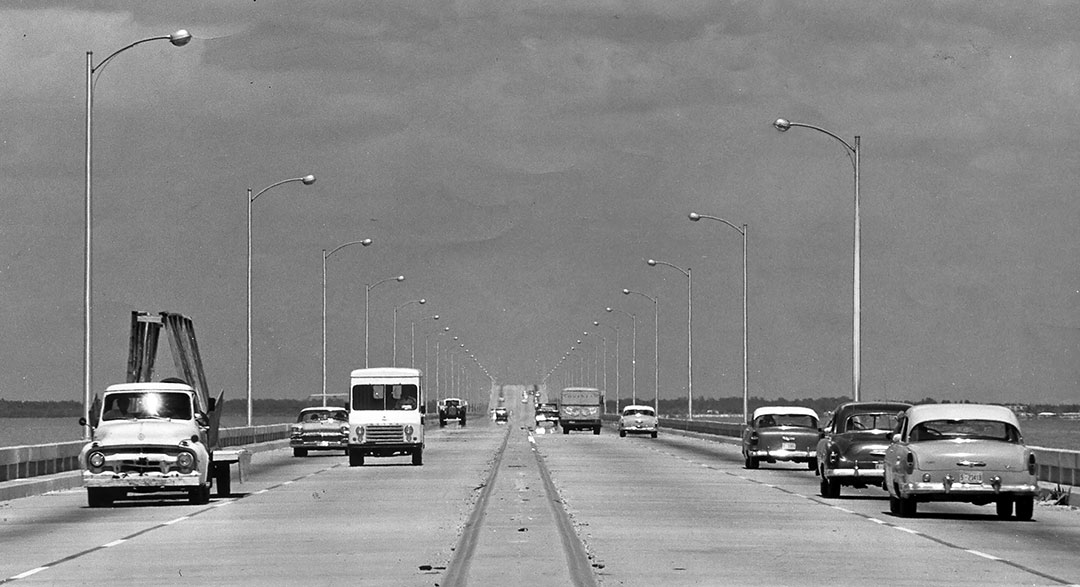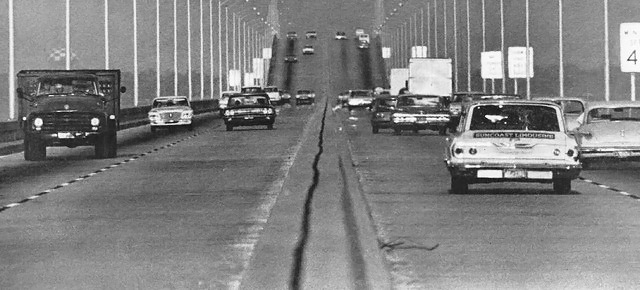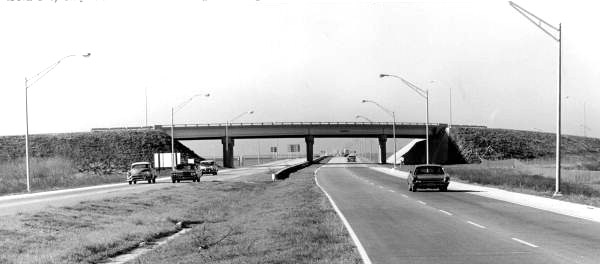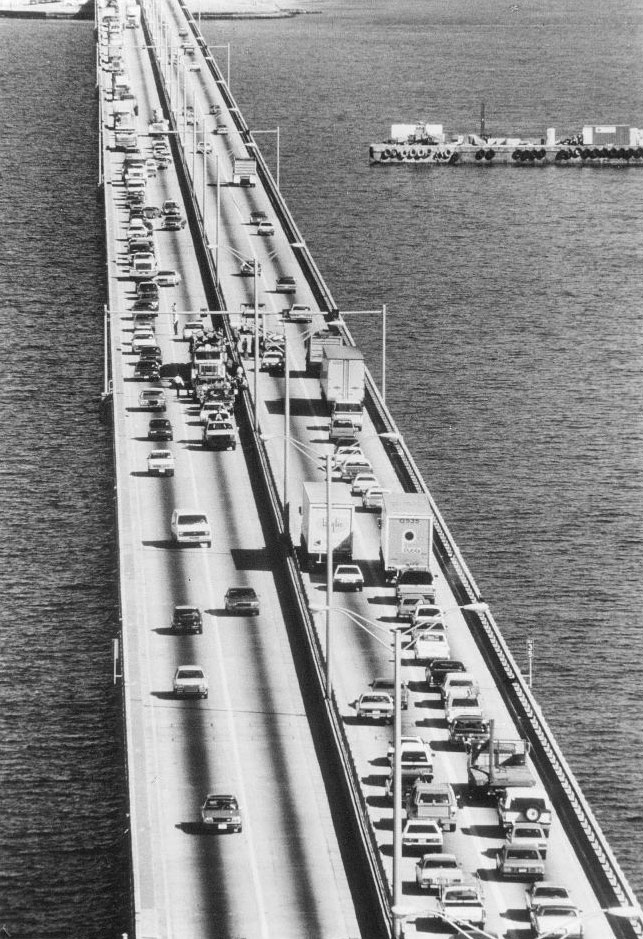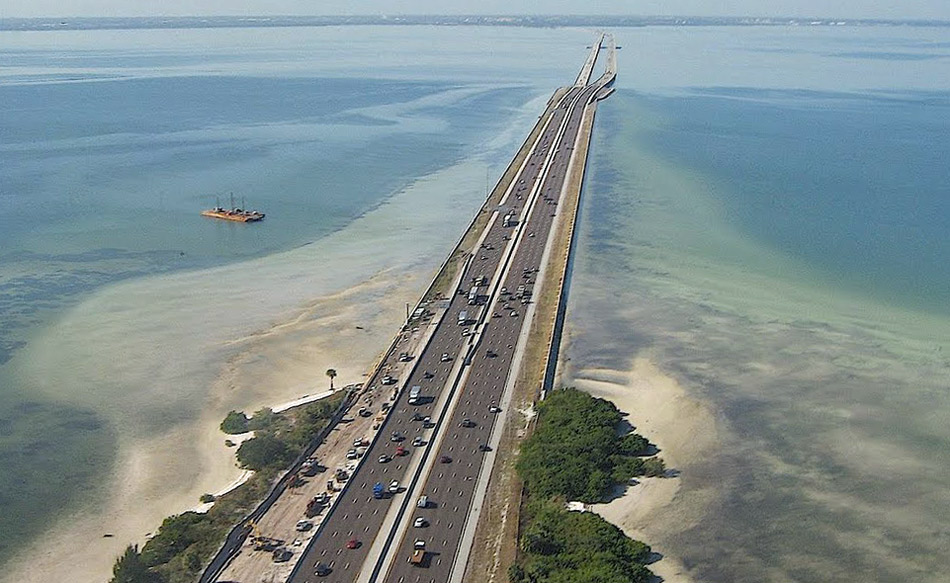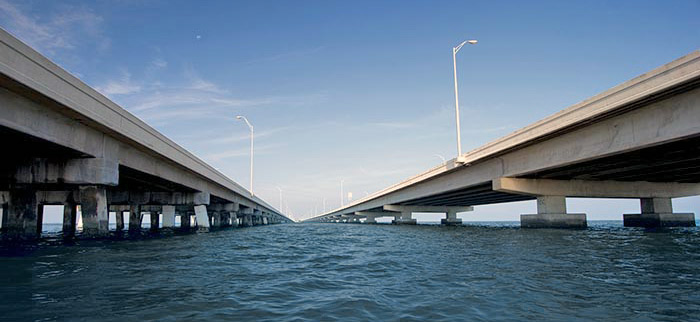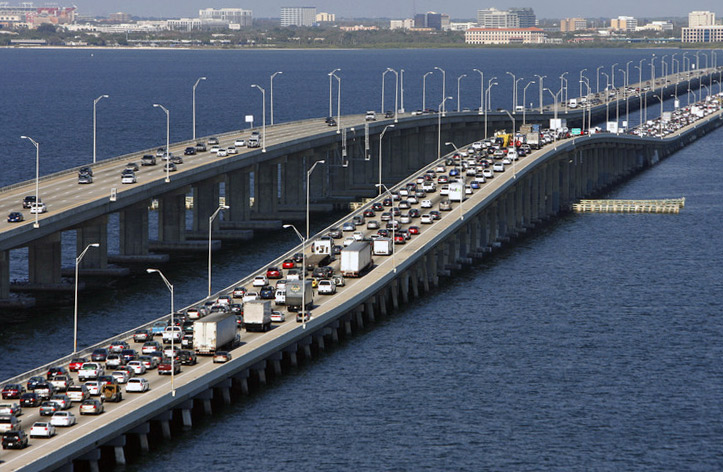He didn't design it.
He didn't build it. He didn't pay for it.
At the age of 8, Howard Frankland's first job was painting pinstripes on buggies in his father's carriage shop in Jackson, Tennessee. By 1958, at the age of 56, he was president of Florida's oldest bank--the First National Bank of Tampa. |
|||||||||||||||||||||||||||||||||||||||||||||||||||||||||||||||||||||||||||||||||||||||||||||||||||||||||||||||||||||||||||||||||||||||||||||||||||||||||||||||||||||||||
|
The Franklands in Jackson, Tennessee
Some time in late 1900 to mid 1901, the Franklands moved from Chicago to Jackson, Tennessee, where they had 3 more sons: William Howard on Nov. 26, 1901, Robert Ernest in 1904, and Frank Mortimer Jr. in 1910.
In 1903 in Jackson, Tennessee, Frank Sr. founded the Frankland Carriage Company, manufacturers of fine carriages.
In the 1920s, Frankland Carriage Company became "Franklands" as the horseless carriage was becoming obsolete. They concentrated on selling tires and auto parts, and later sold furniture at their downtown location. By the 1940s, sons Leonard, Walter and Robert Earnest would all hold executive positions at Frankland's. 1947 Jackson City, Tenn. City directory:
1910 Census
1920 Census
Education
After Howard graduated from high school in Jackson, he was sent by his father to study the tire business at a school maintained by the B. F. Goodrich Company** in Akron, Ohio. When he completed the special training, he was placed in charge of the tire department at the Frankland Carriage Company in Jackson, Tenn., and made vice president of that company.
**Karl Grismer's History of Tampa says Goodrich, but there was no school maintained by B. F. Goodrich in these times. There was a large Goodrich plant in Akron, but not a school. Instead, Howard must have attended the Goodyear Industrial University in Akron.
See article about the university in May 10, 1920
"The Rubber Age and Tire News." When the image opens, click it again
to see it full size.
Marriage
On November 17, 1921, Howard married Jackson City, Tenn. native Winifred "Freddie" Perry (b. Mar. 2, 1902) in Jackson City. Winifred was a daughter of Tennessee natives Jarrett A. Perry (a railroad engineer) and Winifred Bond.
Howard Frankland in Tampa
W. Howard Frankland came to Tampa in 1925, during the real estate boom. Swampland was selling for $1,000 a square foot; unsuspecting customers bought pieces of bay front flatlands for home sites. A penny was a dollar--on paper, that is. But not for the young businessman from Jackson, Tennessee. There were no get-rich-quick schemes for him. Instead, he bought a filling station from D.F. Owen, W.C. McFadden and Robert Ryder; "The Pioneer," located near Grand Central and Boulevard. People would always have to buy gasoline and tires.
Advertising heavily and keeping his station open day and night, Frankland played it safe--and brought in customers. He bought the property between the station and North Blvd. and expanded the station all the way to the corner. The boom burst in 1926 and Frankland bought from D.F. Owen, W.C. McFadden and Robert Ryder, the branch location of The Pioneer around the corner at 109 North Blvd.
In 1927, Howard and wife Winifred had a son in Tampa; Robert Perry Frankland. Perry married Sarah Jane Harris in 1950; he and Sarah were the parents of Winifred, Jennifer, and W. Howard Frankland II. After his divorce from Sarah, Perry married Evelyn Rebecca Law in 1979. Perry died in Tampa on April 26, 1987. See Rubber Products, Inc. and Frankland Enterprises below.
Pioneer Tire Company, Downtown Tampa
When the market crashed in 1929, Frankland was progressing, not regressing. He sold the 109 North Blvd. location to V.L. Boyd and Earl McCullough, who operated it as Pioneer Garage, then Pioneer Automotive Co. for several more years. Frankland then moved the station to a larger lot across North Blvd. to 901-903 Grand Central Ave. He also built a block-long filling station and automobile accessory store on one of Tampa's main thoroughfares, Tampa and Whiting streets, operating both stores with the main office downtown. On its roof he built a tower, then unheard of, but which has since become a symbol for filling stations. He lighted up the front like a Hollywood premiere. He later acquired the entire block on Tampa Street, as well as two-thirds of the block in back of the Tampa Street location, and were he operated the Pioneer Tire Company, Inc., main store with a yearly volume of well over one million dollars by 1950.
.
The map at left shows the intersection of Grand Central Ave. (now Kennedy Blvd.) and North Blvd. The map is from 1915 and the 1920s locations of the Pioneer stations have been added.
See the table below which shows Tampa City directory listings for The Pioneer locations and owners.
Tampa City Directory Listings
Howard's 1926 listing shows that he worked as a clerk and lived at 829 S. Oregon Ave. After that, Howard and his family lived at 212 S. Matanzas Ave at least until at least 1940, where he, his wife, and son Perry are listed on the 1940 census. By 1945, they had moved to Odessa where they are listed on the 1945 census on Rt. 1.
Frankland gave away a 1929 Ford sedan and 1,500 other items as door prizes on opening day. And, as always, he advertised heavily in newspapers. He knew there would always be sales for gasoline, tires and other automotive necessities, and he had the courage of his convictions.
Pioneer Tire Co, 1934
Frank Frankland, Jr. joins Howard in Tampa
In 1930, Howard's younger brother, Frank Frankland, Jr., joined him in the business and became the manager of the Grand Central & North Blvd. station. William was the company's president, and along with Charles Batchelor as sec./treas., maintained the office and main station downtown at 100 Tampa St. at Whiting. Together, Howard and Frank built the Pioneer Tire Company empire.
During the depression which followed the crash, sending the country's financial structure into an upheaval, Howard studied. He learned everything there was to know about rubber. Howard went to the country's tire manufacturers to learn more about rubber. He was particularly interested in the process of reclaiming rubber. Before the depression was over, General Tires hired him to design and build a pilot plant in Tampa.
William Howard Frankland the Inventor
World War II Era
Howard went into the business of recapping and retreading tires with the foresight of a man who could see ahead and realize that rubber and tires would someday be scarce. World War II proved him right.
"The Rubber Ball Factory
Howard experimented with many different processes until he finally achieved success. By combining the rubber dust with cork, he could vulcanize the composition into rubber balls. In 1946, Howard and Frank began producing rubber balls and other rubber products under the name Hofran (from Howard Frankland) in a factory on Habana Avenue, manufacturing nearly 7,000 balls per day. The successful brothers later organized Rubber Products, Inc. and sold their rubber ball factory to AMF and Voit.
Location of Frankland's Hofran rubber ball factory, West Tampa
Meanwhile, on a trip to Cuba, Howard noticed that the country was hit even harder than the United States in the availability of tires. So he opened a branch business in Havana--the Servicio de Gomas Pioneer, S.A. But Cuban bus operators, truck fleet owners and motorists were skeptical and didn't buy. So Frankland bought their old worn out tires, recapped them, and rented them back to the original owners at a cost per kilometer. The Cubans had nothing to lose, so they rented shiny, newly retreaded tires from Señor Frankland, and Servicio de Gomas Pioneer, S.A. boomed. Servicio was the first tire recapping company in Cuba. Up until almost 1950, Frankland was also the Lincoln-Mercury dealer for the island of Cuba. See tire recapping in Cuba today.
The 1950 Gasparilla festivities were the greatest in the city of Tampa's history. The Tribune’s headlines read, "Gasparilla Goes Latin." The Cuban government sent the frigate José Martí, fifty conga dancers, seventy newsmen, the Havana Carnival Queen and her court, and hundreds of Cuban visitors. This was one of the most colorful and festive events in Gasparilla’s history. A few months later the king of Gasparilla, Howard Frankland, and Queen Mary Dupre and her court received an invitation to participate in Havana Carnival. The interchange between Tampa and Cuba was at its peak. (Tampa Bay History Magazine Spring/Summer 1994, Vol. 16, No.1)
Rubber Products, Inc., and Frankland Enterprises
In 1958, Howard's son, Perry, was brought in to manage the newest product, a unique type of color-flecked floor tile called Tuflex. "Don't worry, it's Tuflex" became the headline in ads placed in sports magazines across the country. This new rubber floor became an instant hit, with brisk sales in country clubs, ice rinks and gyms. The revolutionary flooring bounced back from golf spike traffic while protecting the cleats from wear. Sales quickly expanded with new uses.
At the Rubber Products' factory at 4521 W. Crest Avenue, rubber flooring was the mainstay, but over the years specialty items came and went. The company manufactured bridge pads, offset blocks, rubber molds for railroad ties, "100-plus" carpet underlayment, baseball bases, parking lot bumpers, a "Travel-Tee" designed to give golfers a portable surface to hit golf balls and a "Drain Gun" to unclog sinks, tubs and toilets.
In the early years of production, all rubber tile color patterns made by Tuflex were named, not numbered. Names over the years included: Terrazzo, Chiptone, Softone, Unitone, Stardust, Snowflake, Pelletone, Sunset, Pebble, Misty, Country Club Green, Theatre Red and Reversible.
The success continued when the company, lead by Perry's son, Howard II, and Frank's son, Fred, expanded the business into an international sales and manufacturing powerhouse. Today, Fred leads Tuflex Rubber Products into its fifth decade of success. The company has expanded globally into more than forty foreign countries and has developed the use of the flooring in a wide range of applications.
Tuflex is one of the most popular floors in athletic facilities in the nation. It's the sports floor for many football, basketball, hockey, and baseball teams including dozens of professional franchises in the NFL, NHL, NBA, MBA and WNBA. Tuflex, America's flooring leader since 1957
Frankland and the First National Bank
In the late 1950s, Frankland was president and later vice-chairman of the board of the First National Bank of Tampa. In 1970, Frankland was the building committee chairman when bank president E. P. Taliaferro, Jr. announced plans to build the state's tallest building; the bank's new home in downtown Tampa at 111 Madison St. See April 10, 1970 St. Pete Times article.
On Dec. 3, 1973, fireworks marked the celebration of the new 36-story First Financial Tower with W. Howard Frankland presiding at the dedication ceremony. See St. Pete Times article.
Frankland was also president of Davis Islands, Inc., and Crestview Realty Company, which owned several large office buildings in the city, and Hofran, Inc., which manufactured the "Hofran" line of baseballs and softballs which had national distribution and were some of the many products developed by Mr. Frankland's inventive ability.
Mr. Frankland served as president of the Tampa Rotary Club, Tampa Chamber of Commerce, Tampa Merchants' Association, Presidents' Round Table, and numerous other organizations. He was also president of the and first lieutenant of the Ye Mystic Krewe of Gasparilla and a member of the Elks Club.
Howard
Frankland and MacDill AFB
The early years Frankland spent in Tampa were not all devoted to his own interests. He was one of the prime movers as president of the Chamber of Commerce in getting MacDill Air Force Base to Tampa.
On July 14, 1939, the momentous announcement was made that Gen. Thomas Handy, who had been conferring with a Tampa committee for weeks, had decided that the base should be located in Tampa at the lower end of Interbay Peninsula, known as Catfish Point. At that time, the base was to be named Southeast Air Base. Members of the committee which had succeeded in getting the base for Tampa were: W. Howard Frankland, Frank Gannon, George Howell, Ambler Liggett, Joseph Sweeney, E. P. Taliaferro, M. M. Frost, Pat Whitaker, Leslie Blank, A. B. McMullen, Howell Lykes, Jerome Waterman, D. Hoyt Woodbery, Robert Clinton, Francis Judd, G. Dave Curtis, T. N. Henderson and Henry Tillman.
See history of MacDill Airfield and Leslie MacDill at TampaPix.com
Frankland led numerous charitable fund drives; was president of the University Club, Palma Ceia Golf Club, Florida State Fair, and a dozen other service and civic organizations including the Boys' Clubs, Merchant's Association, Hillsborough County Taxpayers Association, and has been King of Gasparilla. He was also an ardent church worker.
With respect to the State of Florida, Frankland served on the State Road Board under Governor McCarty, was vice chairman of the Florida State Turnpike Authority, and was instrumental in bringing better highways into the Tampa area.
He won many awards, but was particularly fond of the 1956 Civitan Award as Tampa's Outstanding Citizen. Mr. Frankland was a lover of flowers and his home was located on a large tract of land with many flower gardens. His special hobby was growing azaleas and camelia. His home is one of the outstanding residences in the Golfview neighborhood in south Tampa, where Frankland Road is named for him.
William
Howard Frankland died in Tampa on Dec. 17, 1980. The Bridge
In the mid-1950s, William Howard Frankland proposed that a bridge was needed to connect Tampa to central Pinellas County. He insisted that the land between the Gandy Bridge and Courtney Campbell Parkway were ripe for development and would be the perfect place to build a bridge.
As a member of the Florida Road Board, he worked hard to enable the bridge to be built.
In 1956, the second span of the Gandy Bridge had opened for the purpose of carrying westbound traffic. The Gandy was the first bridge across Old Tampa Bay when the original 2-lane span opened in 1924. A few years after the Gandy Bridge opened, sometime in 1927 the Ben T. Davis Causeway (later renamed the Courtney Campbell Causeway) was the second crossing over Old Tampa Bay connecting Tampa with Clearwater. Frankland's new bridge would serve as the basis of the extension of what used to be initially Interstate 4.
Read about George Gandy and his bridge at TampaPix.com
Dredging on the Howard Frankland causeway at the Tampa end, looking east, 1958.
Photo courtesy of the Burgert Bros. collection at the Tampa-Hillsborough County Public Library.
Howard Frankland bridge
construction photos
*The cost
of bridge including approaches was $16 million. Connection to the Interstate System
In 1963, Interstate 4 was completed from the Tampa end of the Howard Frankland bridge to Armenia Avenue. It was still incomplete from Armenia to east of downtown where at 22nd Street in Ybor City it was complete to Orlando. By 1965, I-4 was complete from Orlando to the Howard Frankland bridge. In 1967, Interstate 75 (today's 275) was extended from north of downtown through the new downtown interchange ("Malfunction Junction") to I-4. But even up to 1973, the interstate had not yet made its way south of 38th St. North in St. Pete, to the Skyway bridge.
Over the years the Howard Frankland Bridge had earned some distinctive nicknames such as the Howard Frankenstein, How Weird Frankland and the Car Strangled Banner due to the volume of accidents that have occurred and the resulting traffic backups on the four-lane span. One state highway official called it a "death trap" after it opened it 1960. Others said no one would use the $6.5-million bridge. For a period of time, changing lanes wasn’t even allowed on the old bridge in an effort to reduce accidents.
The above photo taken 1960-1962 by St. Pete Times photographer Jack Ramsdell also shows why the bridge was nicknamed "Howard Frankenstein." It was a reference to the horrific nightmarish head-on collisions due to lack of a center median safety wall.
Bypass system
In the 1970s a stalled vehicle warning system was installed that consisted of a series of push buttons along the length of the center section; when a button was pressed motorists were notified by the flashing sign “stalled vehicle” just before entering the center section. Whenever there would be a major delay at the Howard Frankland Bridge, special signs would alert drivers to the delay and direct them to utilize the bypass, which ran along SR 694, to the Lee Roy Selmon Expressway, Willow Avenue, Howard Avenue, and ending at Interstate 275. Special shields (marked N and S) along the route made sure that drivers were using the correct thoroughfare.
This was later replaced by a more sophisticated accident warning system utilizing overhead lane signals on the bridge and variable message signs at the approaches to the bridge. These variable message signs would have their normal messages but in the event of an accident or other incident that closes the bridge for any reason the messages would be changed by remote radio signal link to advise motorists to follow specially designated signs (these signs were an interstate shield with the legend N or S) that would take one across the Gandy Bridge to avoid the resulting congestion as a result of a temporary closure.
A Second Span
With the increased traffic plus the high rate of accidents and the bridge being four lanes with no emergency lane, a second span of the Howard Frankland Bridge was justified. Planning for a larger-capacity replacement began in 1978. Original plans ranged from a large, multi-lane suspension (or similar type) bridge, to two parallel bridges (with the central span reserved for HOV lanes). As traffic projections increased, further exacerbated by a disaster on the Sunshine Skyway Bridge in 1980, it was clear that the new bridge would need to handle at least eight lanes (four in each direction). By 1987, it was concluded that a parallel, four lane span would be built. Plans were also made to rehabilitate the older bridge after the new bridge opened.
Construction began on the new span in 1988. The new $54 million southbound span was opened to traffic in 1991. The older bridge was then closed, the Jersey barrier median removed, rehabilitated, and reopened in 1992. However, this did not increase capacity on either end of the bridge. Backups were still seen on the Howard Frankland heading into Tampa, primarily due to a bottleneck at the SR 60/Veterans Expressway exit. On the St. Petersburg side, after a comprehensive reconstruction project that took over ten years, lane counts were increased from four lanes prior to the bridge to six lanes through downtown St. Petersburg, and eight lanes from Gandy Boulevard to the bridge.
The older, 1960 northbound span is shorter and has a steeper hump than the newer 1992 southbound span. There was no longer a need for the variable message warning system now that the bridge is eight lanes, four lanes for northbound and four lanes for southbound.
A reconstruction project was planned to begin in 2007 for I-275 between the Howard Frankland and downtown Tampa. However, due to rising cost of materials, FDOT planned to reconstruct the interstate in smaller phases rather than the original larger two-phase project. The project was supposed to be finished by 2013, but continues on even to this day in Sept. 2014.
Even now with the I-275 reconstruction through West Tampa and the Westshore District muddling along, talks of replacing the entire Howard Frankland northbound bridge are in the making.
Sources
Akron Digital Collection Evening Independent, Jan 15, 1960 editorial
Go For A Ride Magazine: The Bridges of Tampa Bay - Posted in V4i9
September 2010
Howard Frankland Bridge replacement in works By Ted Jackovic, Tampa Tribune, May
10, 2013
Images of America, Madison County, Tennessee Mike Clark's Big13 - A conversation with Crawford Rice New Tampa Magazine "Tampa Bay's Most Iconic Bridges"
OldRide.com State Archives Florida Memory photo collection
State Archives of Florida Online Catalog
|
|||||||||||||||||||||||||||||||||||||||||||||||||||||||||||||||||||||||||||||||||||||||||||||||||||||||||||||||||||||||||||||||||||||||||||||||||||||||||||||||||||||||||
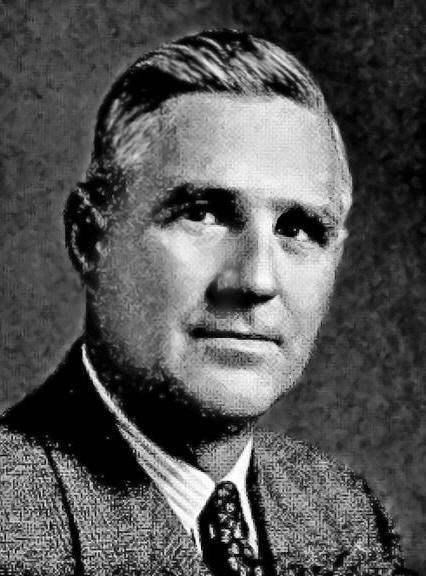
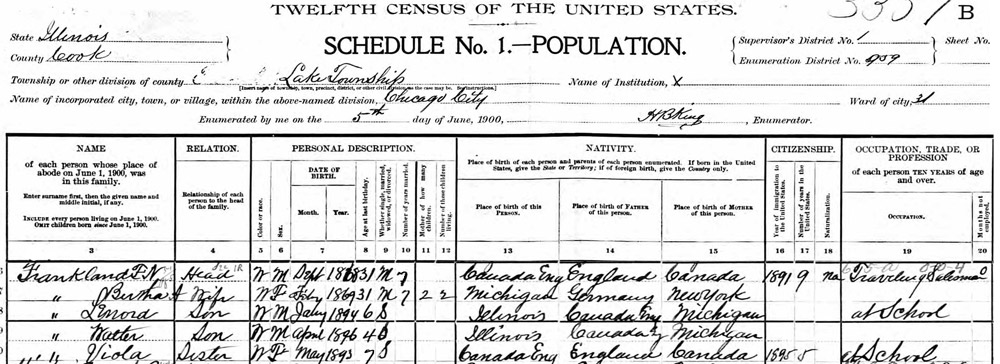
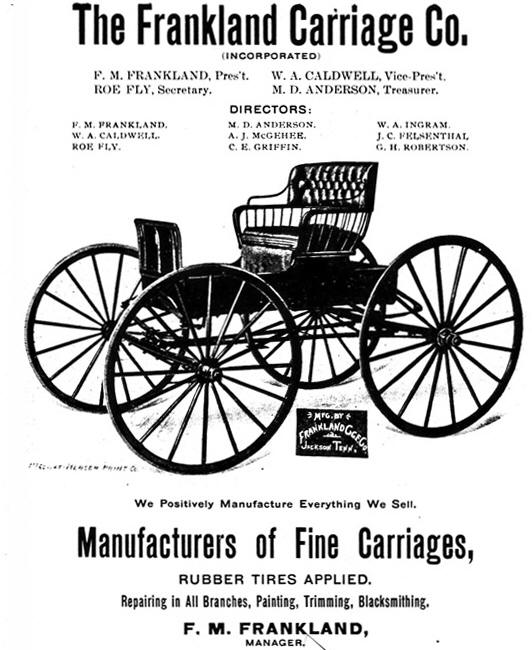
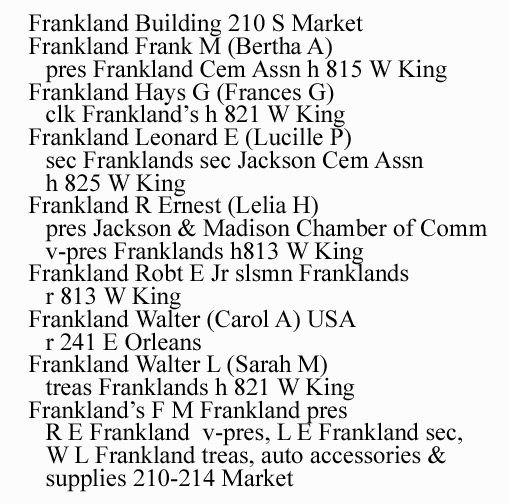
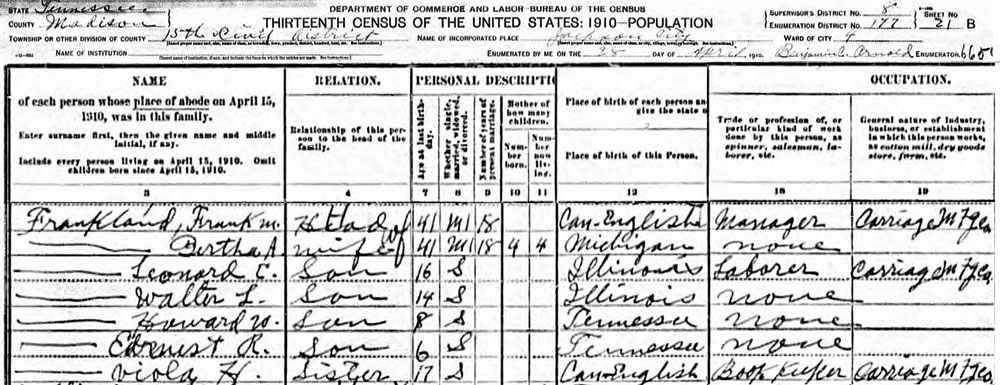
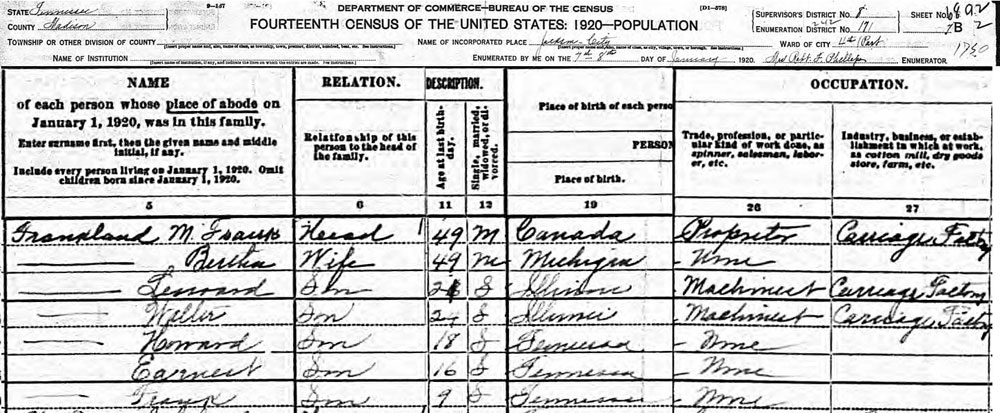
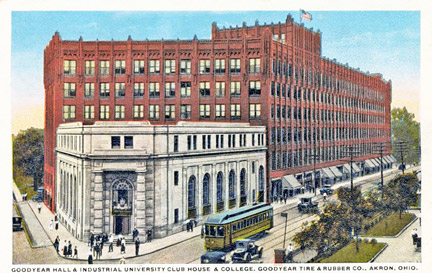
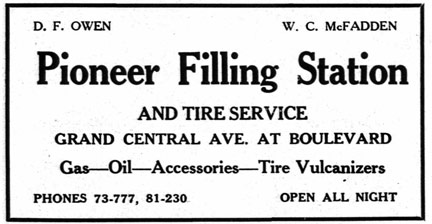
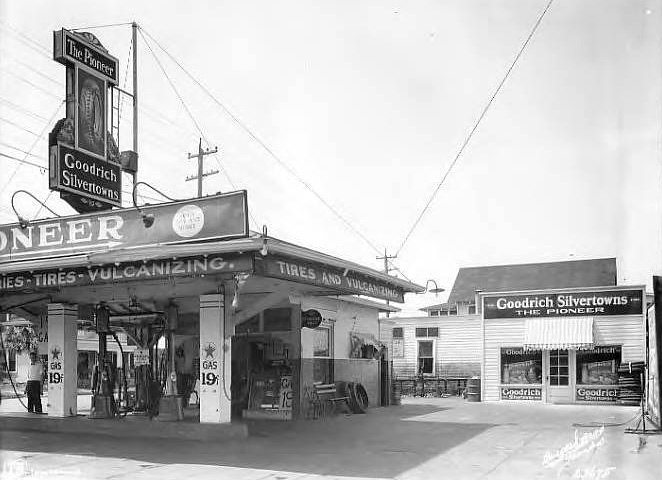
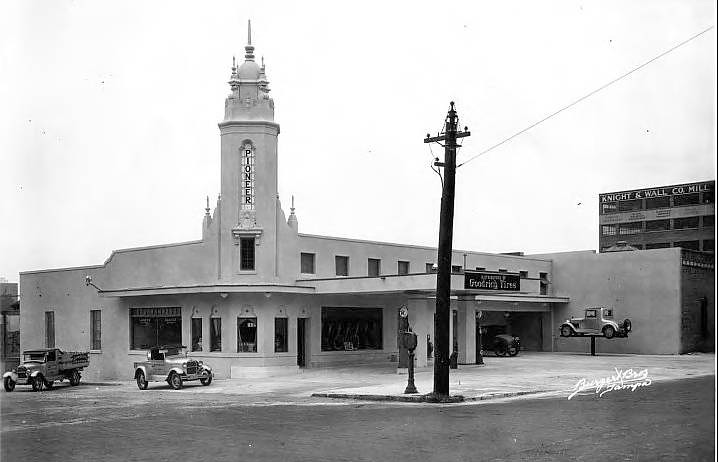
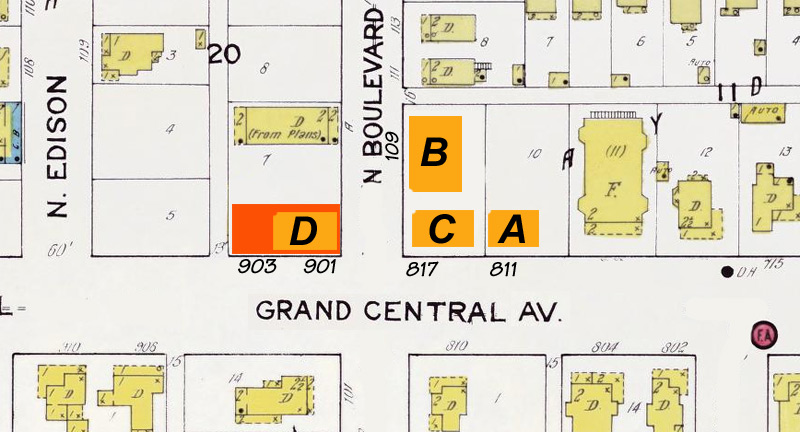
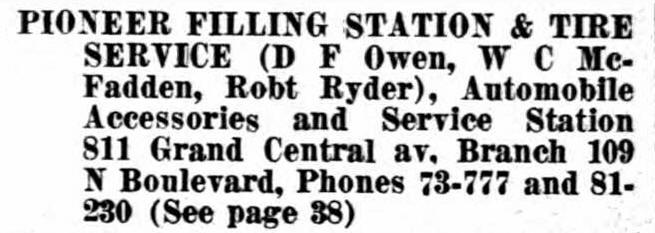



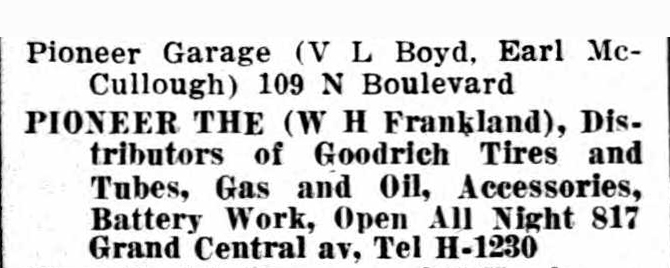





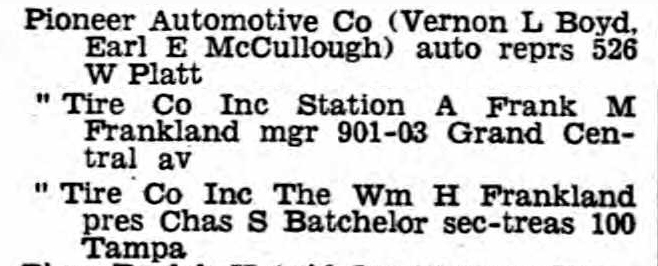

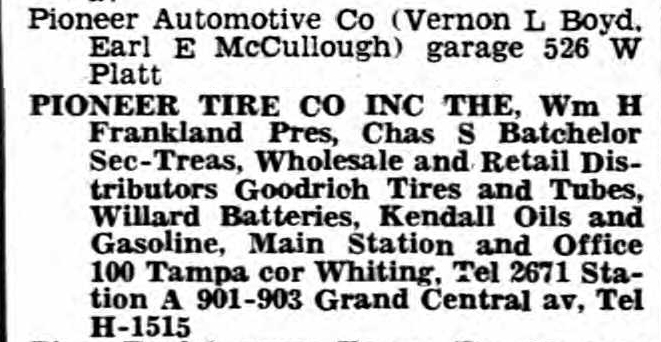

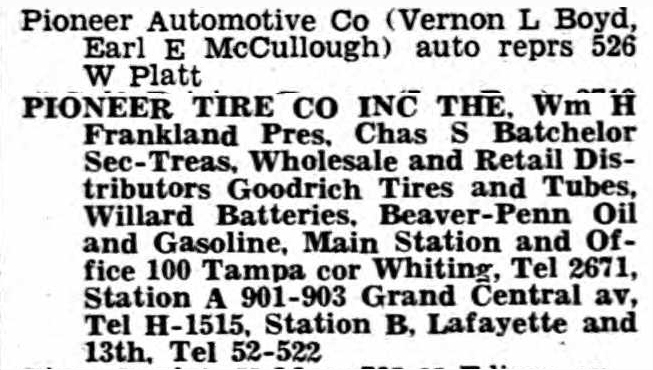

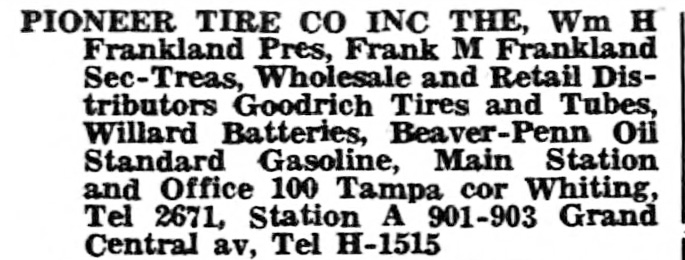

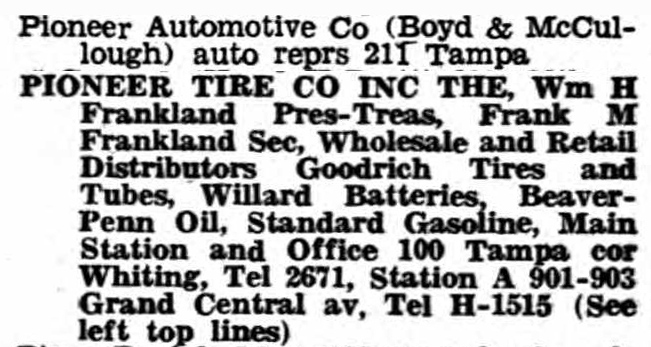

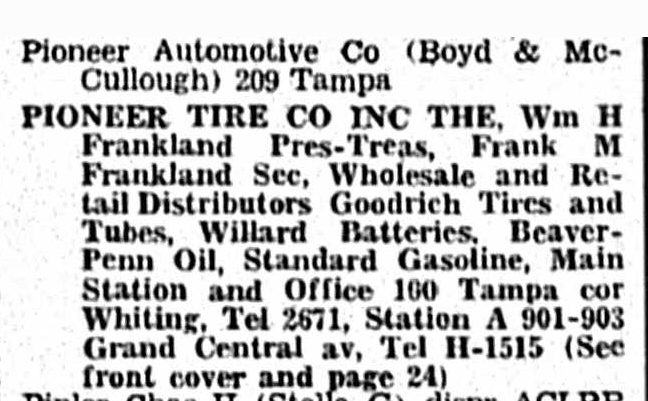


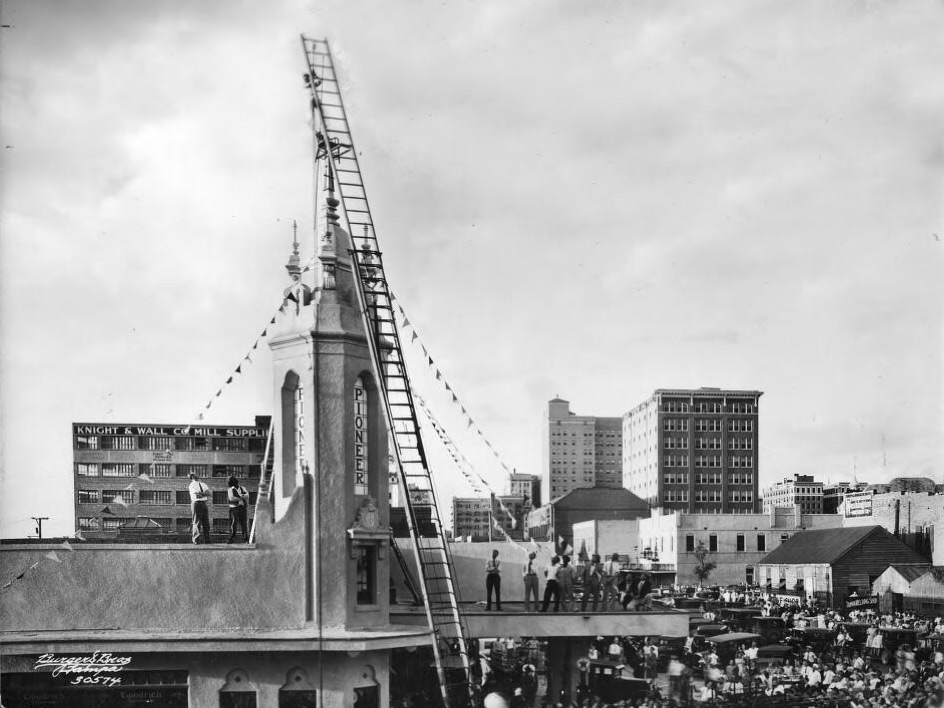
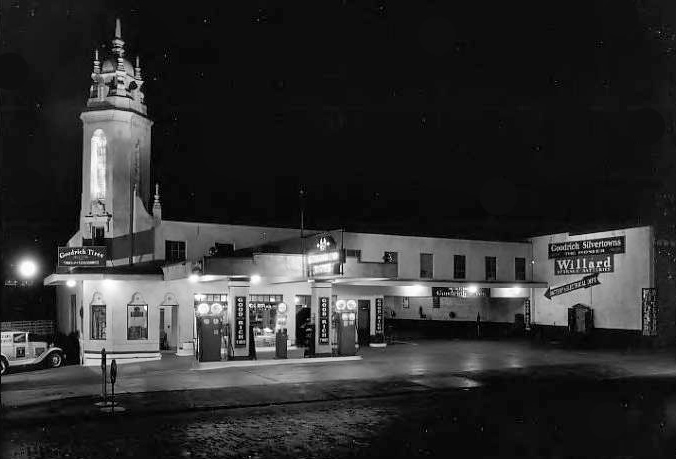
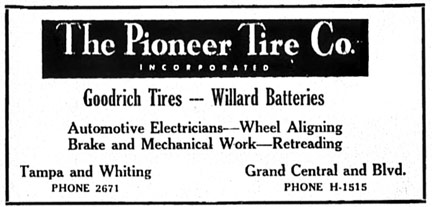
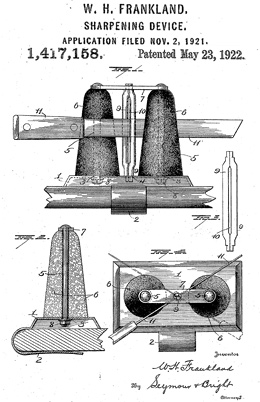
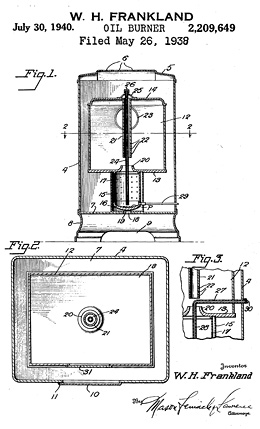
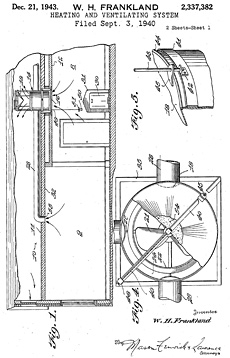
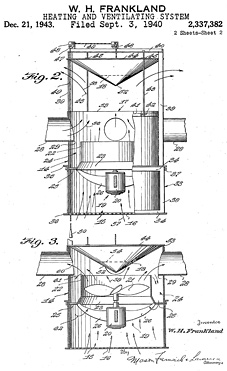
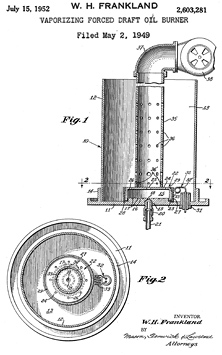
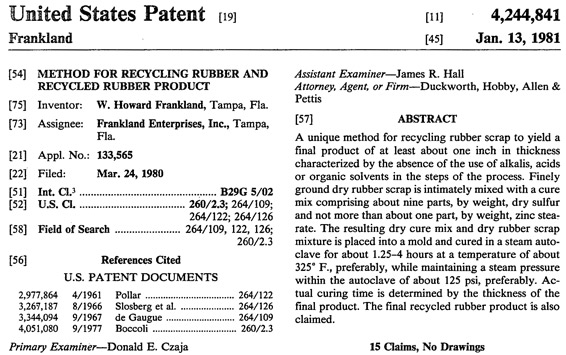
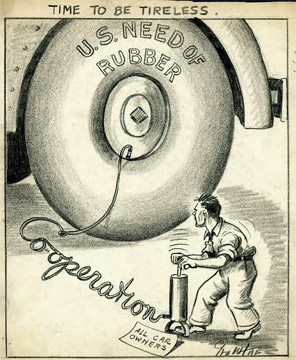
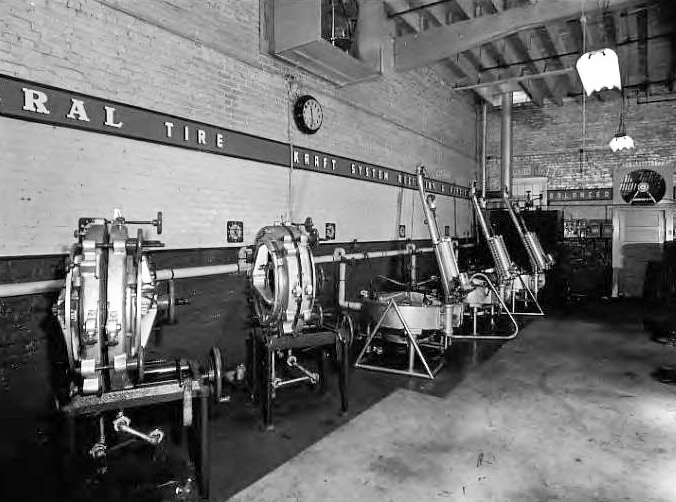
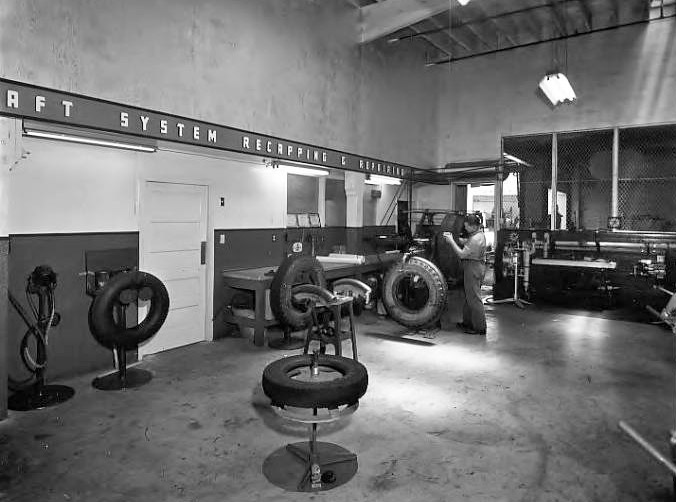
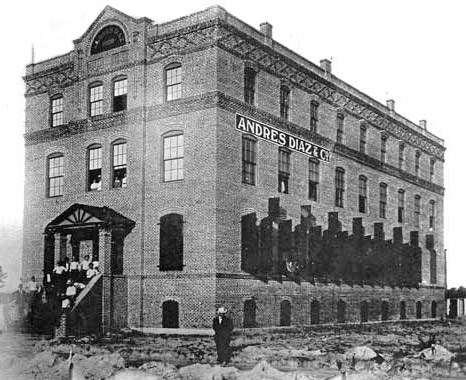
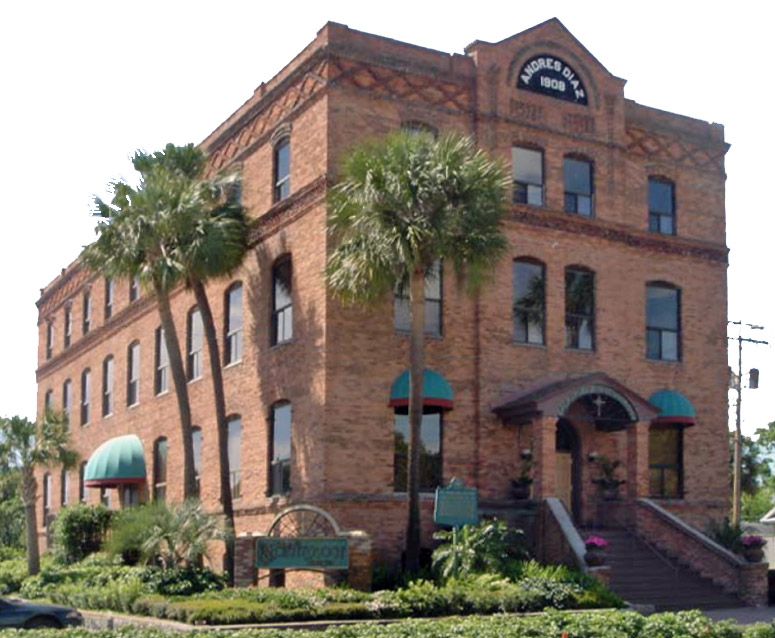

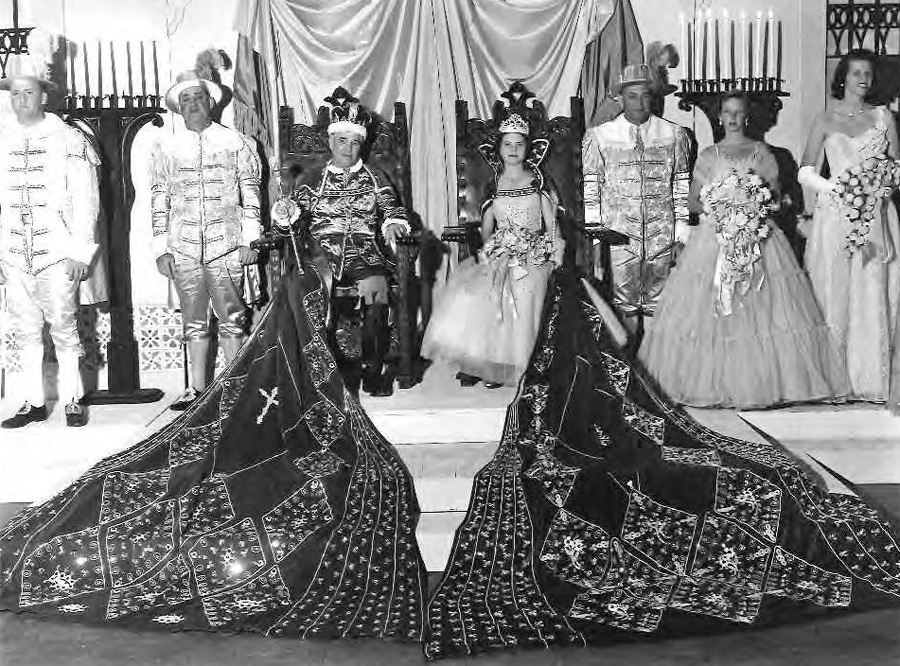

 The Frankland's new rubber
reclaiming process became a stepping stone to a patent and another unique
business opportunity. In 1957, Rubber Products, Inc. began to produce personalized rubber mats.
The Frankland's new rubber
reclaiming process became a stepping stone to a patent and another unique
business opportunity. In 1957, Rubber Products, Inc. began to produce personalized rubber mats. 